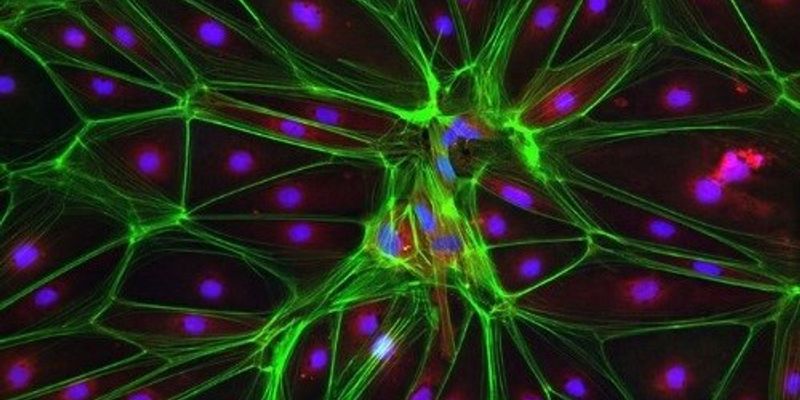Cell imaging: encloses the techniques that allow the detection and analysis of cellular organelles and macromolecules. Live cell imaging was pioneered in the first decade of the 20th century, and is used by scientists to obtain a better understanding of biological function through the study of cellular dynamics.
-
At the cellular and molecular levels of operation, neurons and their circuits achieve brain functions by chemical signals, in which the principle agents, neurotransmitters convey the signal f...
The hippocampal formation is one of the most extensively studied regions of the brain, with well described anatomy and basic physiology; moreover, aspects of human memory mediated by hippocam...
Schizophrenia is a severe psychiatric disorder affecting 1% of the world’s population, leading to high human, social and economic burdens. Understanding how the interaction of gene and...
The Brain Research through Advancing Innovative Neurotechnologies (BRAIN) Initiative has the ambitious goal of elucidating how neuronal ensembles interactively encode higher brain processes....
The dorsal anterior cingulate cortex (dACC), orbitofrontal cortex (OFC), ventrolateral and ventromedial prefrontal cortex (vlPFC, vmPFC) and their connections with the basal ganglia play a ce...
The dopamine-containing neurons of the midbrain have been implicated in a broad array of psychiatric disorders, ranging from schizophrenia to drug abuse and depression. However, studies seem...
FEB 04, 2015 | 1:30 PM
C.E. CREDITS
The field of surgical research has been growing rapidly with the development of new surgical and disease models. An extremely important and often overlooked aspect of creating these models is...
























